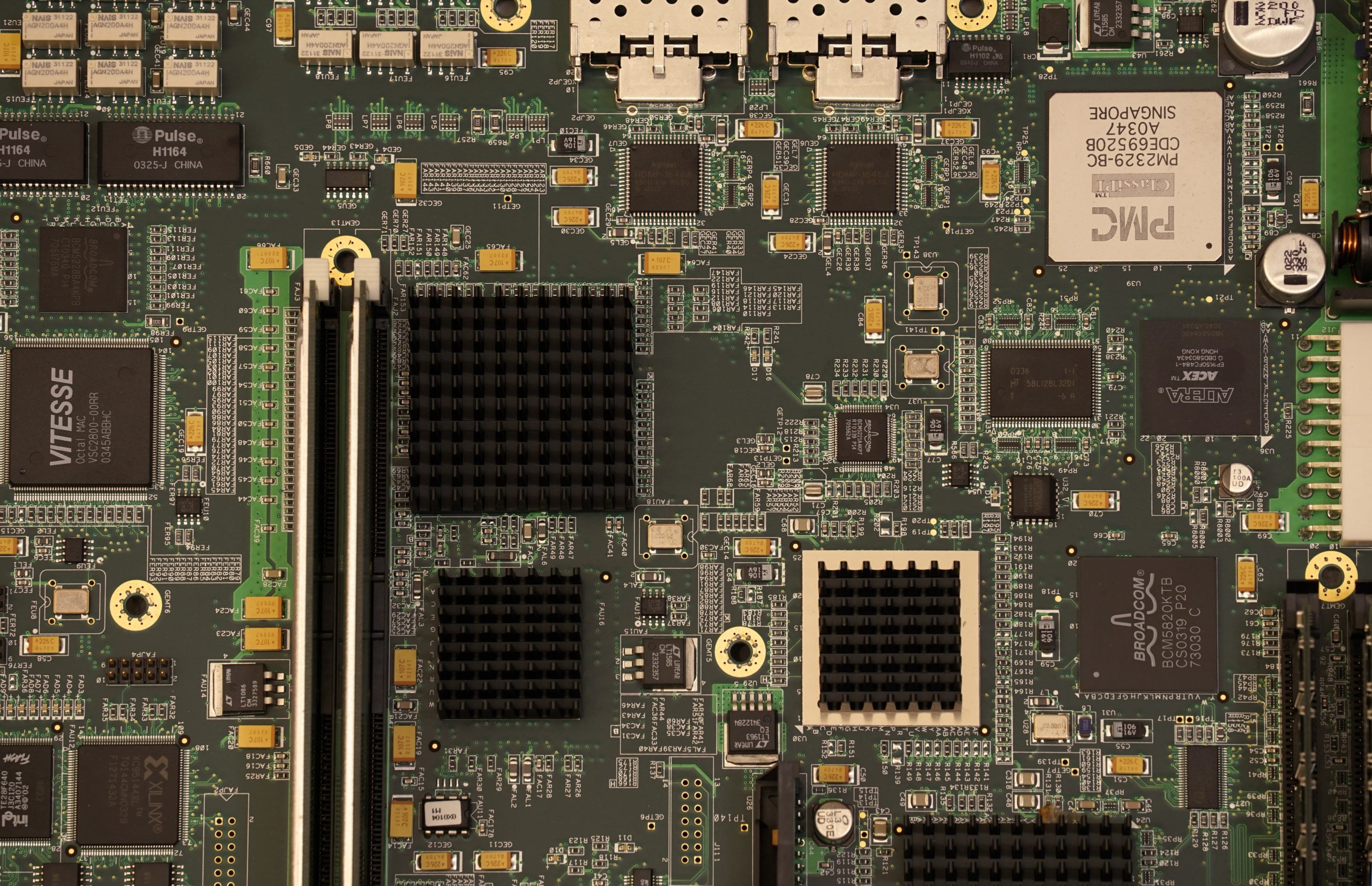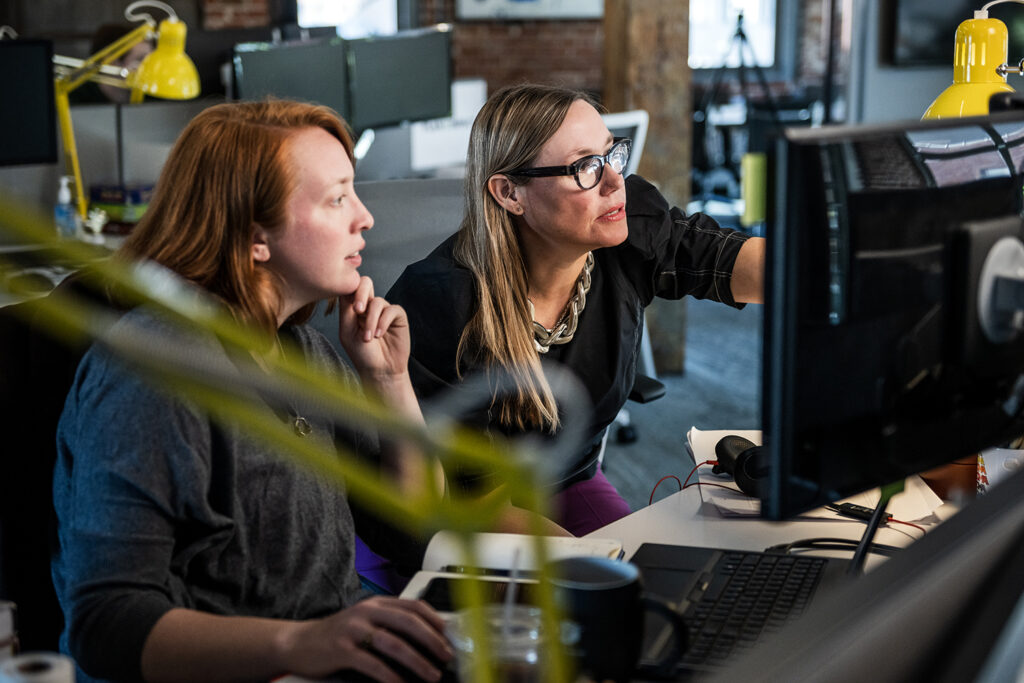by Dominique Davison, AIA
Recent news – like Ben van Berkel’s dive into interactive building technology with UNSense, or the hosting of disruptive Smart Technology panel discussions at Thornton Tomasetti Engineering with such technologist luminaries as Jesse DeVitte and Phil Bernstein FAIA – are all indicators that our industry is taking a giant leap into the realms of smart buildings, IoT, and data. MIT professor Carlo Ratti is preaching the importance of Data as the new building block for cities. Kieran Timberlake was perhaps one of the first to establish an R&D department and to self-fund the development of such software programs as Tally and Roast, which has catalyzed the stirrings of a trend among pioneering firms.
For the last five years at DRAW, we have been thinking about the future of how technology and architecture intersect. Starting with the first Kansas City Google Hackathon in 2013 where my team and I brainstormed a sustainable design software solution integrating big data and 3-D visualization, we at DRAW have been engaged in the broader conversation of the importance of Big Data and how it can better shape our cities. This has evolved into a position as thought leaders in the smart cities movement and the creation of spin-off company PlanIT Impact Inc., a software development platform. PlanIT Impact’s mission is to enable every building to be performance optimized through easy and holistic cost benefit analysis of potential efficiency strategies.
We have collaborated with individuals such as Nate Miller of Proving Ground, a groundbreaking technology practice that supports architecture and engineering firms establishing data-driven design processes. Engaging with Smart Building technology providers has allowed us to consider the post-occupancy benefits to everything from continuous commissioning to improved indoor air quality monitoring.
The integration with other disciplines is a critical component of this new technology revolution and offers new opportunities. We are looking to start conversations earlier in the process around building performance, researching the financial implications and incentives that can help propel a project to higher levels of sustainability and occupant comfort and wellness. We have been testing this new approach and technology on the new fire station for Kansas City, MO, as well as on the initial sustainability studies for the KCI terminal project. Thus far, we are encouraged by the shifted emphasis on performance-based outcomes and look forward to continuing to innovate and push for better, well-designed buildings.




